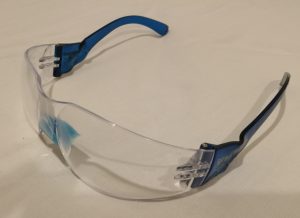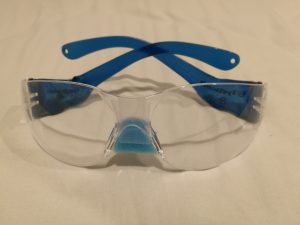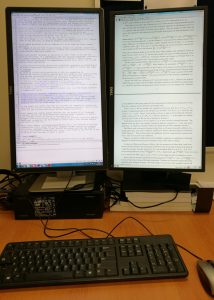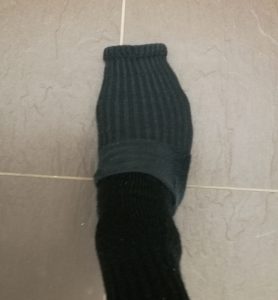Web shops try to tempt customers into unnecessary and even harmful purchases, including grocery and food ordering sites which promote unhealthy meals. The temptation can be reduced by blocking images on shopping websites. I find it useful when ordering food. Similarly, Facebook and news sites try to tempt viewers with clickbait and ads. To reduce my time-wasting, I make the clickbait less attractive by blocking images. The pictures in most news stories do not contribute any information – a story about a firm has a photo of the main building or logo of the firm or the face of its CEO, a “world leaders react to x” story has pictures of said leaders.
The blocking may require a browser extension (“block images”) and each browser and version has a little different steps for this.
In Chromium on 20 Jan 2021, no extension is needed:
1) click the three vertical dots at the top right,
2) click Settings to go to chrome://settings/,
3) scroll down to Site settings, click it,
4) scroll down to Images, click it.
5) Click the Add button to the right of the Block heading. A dialog pops up to enter a web address.
6) Copy the url of the site on which you want to block pictures, for example https://webshop.com into the Site field.
If seeing the images is necessary for some reason, then re-enable images on the website: follow steps 1-4 above, then click the three vertical dots under the Add button under the Block heading. A menu of three options pops up. Click the Allow option.
Alternatively, you may block all images on all websites and then allow only specific sites to show images. For this, follow steps 1-4 above, then click the blue button to the right of the Allow all (recommended) heading. Then click the Add button next to Allow. A dialog pops up to enter a web address. Copy the url of the site on which you want to block pictures, for example https://webshop.com into the Site field.



